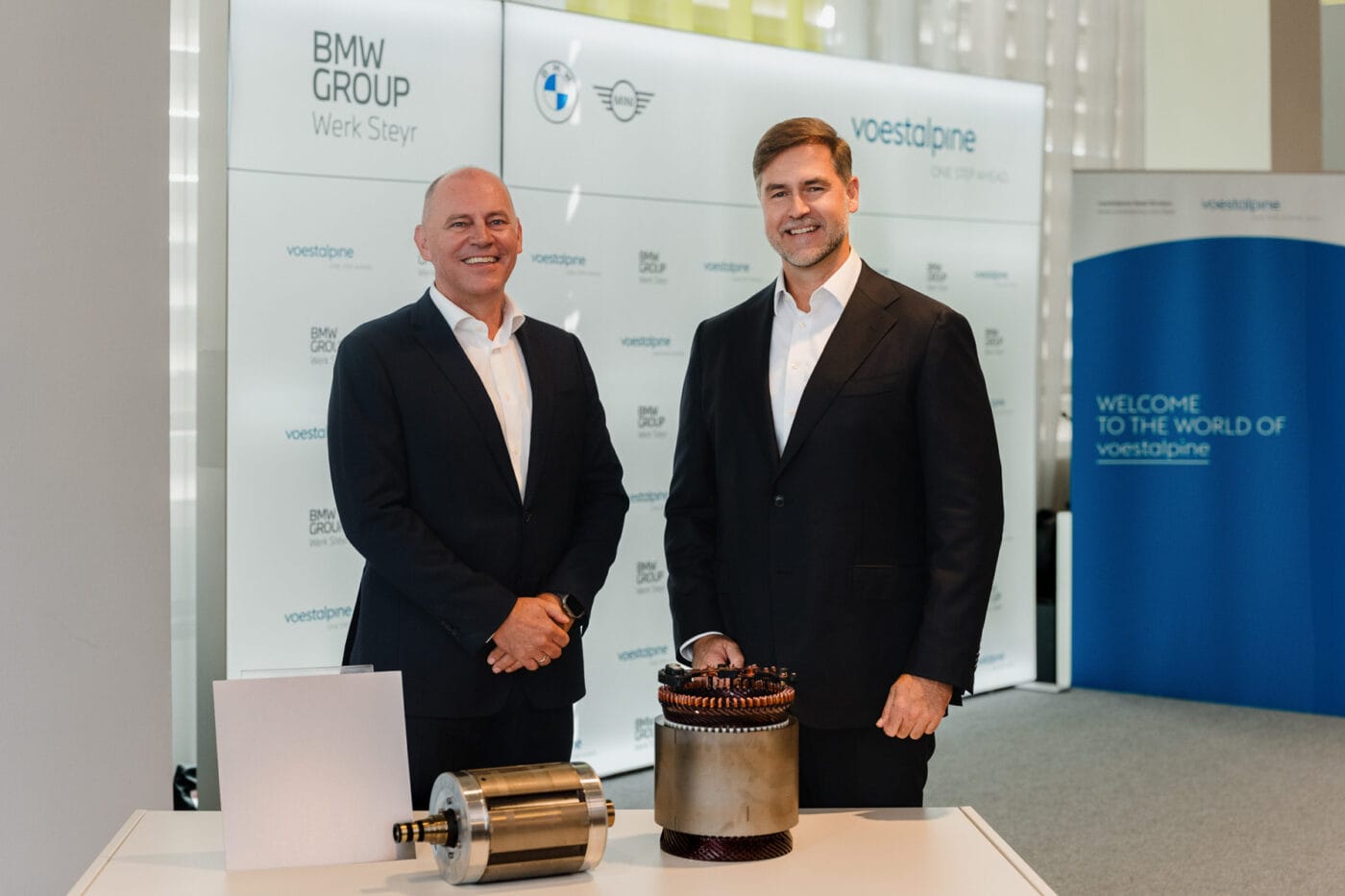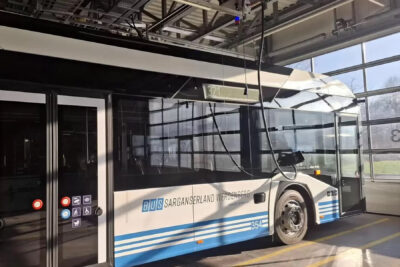BMW uses Voestalpine material in its electric motors
Steyr is home to the BMW Group’s largest engine plant, where it also manufactures the latest generation of e-motors for its Neue Klasse vehicles. “The new material developed by Voestalpine combines ultra-thin electrical steel with state-of-the-art coating technology,” BMW Austria states in its German release.
But what is electrical steel? Electrical steel is a type of steel with special magnetic properties that enables “the efficient conversion of electrical energy into mechanical work”, thus ensuring reliable motor operation. “High-quality electrical steel is crucial for electric motors in EVs, as it significantly contributes to the drivetrain system’s high efficiency and performance,” BMW explains. With increasing demands on electric motors, not just any steel will do – the trend is moving “towards ever more efficient steels combined with innovative coating systems”.
At its Linz site, Voestalpine initially produces a thin slit strip. This is further processed with coatings into electrical steel and delivered to BMW’s plant in Steyr. There, it is assembled into laminated stacks for the electric motors, which are then shipped first to Hungary, where the Debrecen plant will build the first Neue Klasse model – followed by Munich as the next production site.
The partners highlight the new material’s ability to minimise energy losses and reduce weight. “Using specially alloyed and thin electrical steel in combination with innovative coating systems reduces energy losses during motor operation. This results in less heat generation and thus higher motor efficiency,” says BMW. And it is clear: the lower the motor’s energy losses, the more energy from the battery is converted into movement – extending range. However, BMW does not quantify this effect.
As the electrical steel also increases the magnetic flux density in the motor’s iron core, torque and power output improve as magnetic flux density rises. BMW adds that using “high-permeability and strong electrical steel” also reduces the overall weight of the motor – a lighter vehicle consumes less energy and offers greater range.
BMW’s sixth-generation e-drives used in the Neue Klasse models are designed for the brand’s new 800-volt platform for the first time. Compared to today’s Gen5, these new motors are set to reduce energy losses by 40 per cent and weigh ten per cent less thanks to numerous measures and advancements. However, BMW continues to rely on its SSM technology (electrically excited synchronous machines) that requires no permanent magnets. All components of the Gen6 e-drive (housing, rotor, stator, gearbox and inverter) are produced in-house at BMW Group Plant Steyr and finally assembled into complete e-drives. BMW revealed further details of the Gen6 drives at a Tech Day in February.
“In light of the transforming automotive sector, it is innovation and ingenuity that keep Austrian companies competitive on the global market and secure value creation in Austria,” says Klaus von Moltke, Managing Director of BMW Group Plant Steyr. “Voestalpine’s electrical steel strip and our new e-motor from Steyr are excellent examples of this.” Hubert Zajicek, Member of the Management Board of voestalpine AG and Head of the Steel Division, adds: “As a long-standing supplier to BMW, we are proud to take our partnership to the next level. Delivering our premium electrical steel to Steyr for BMW’s ‘Neue Klasse’ motors demonstrates our shared commitment to innovation and marks an important step towards the future of electromobility.”
bmwgroup.com (in German)





0 Comments